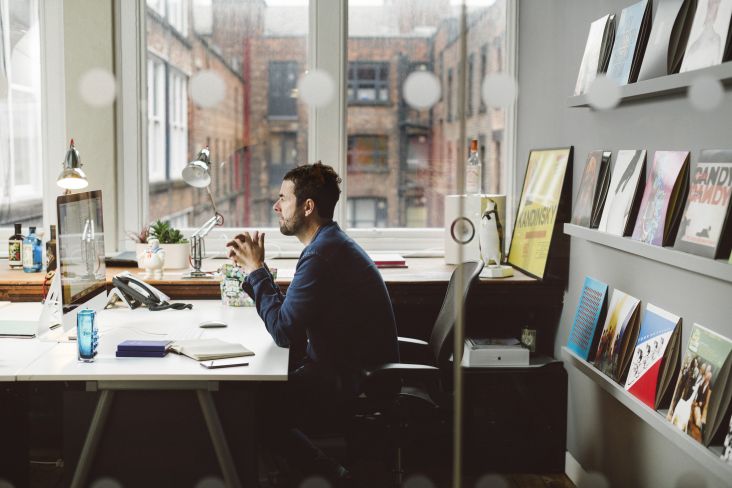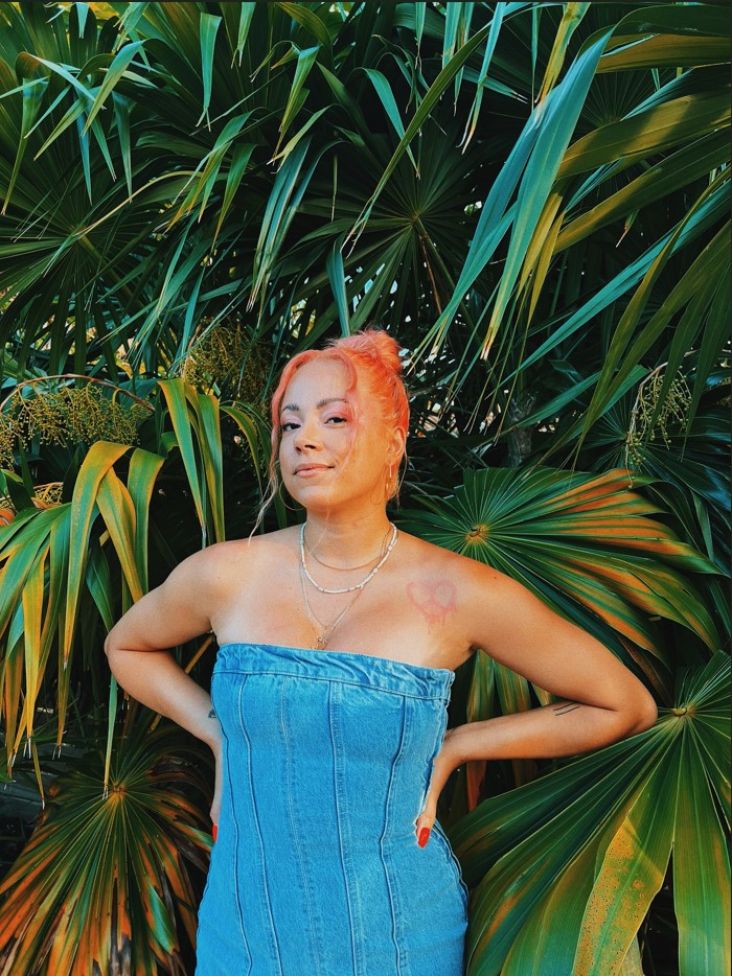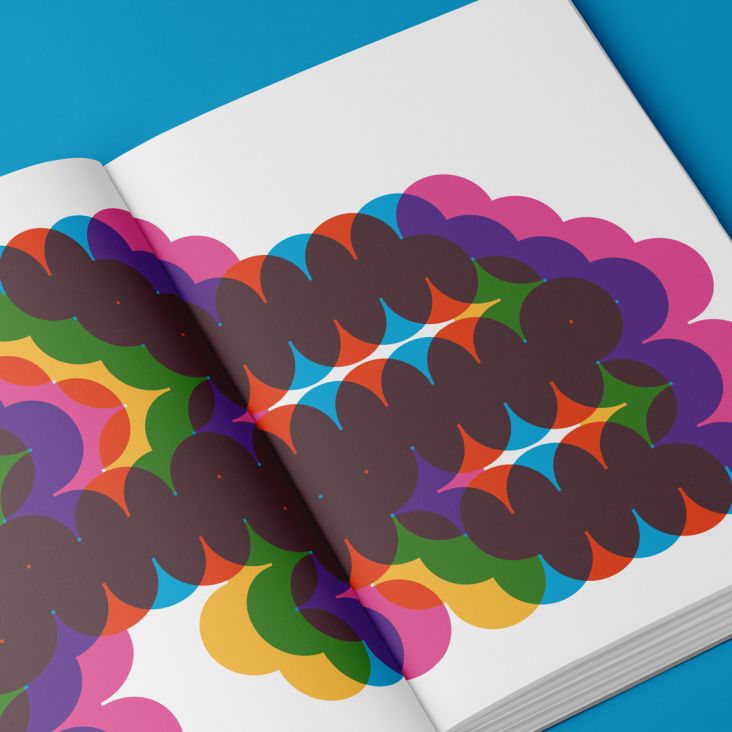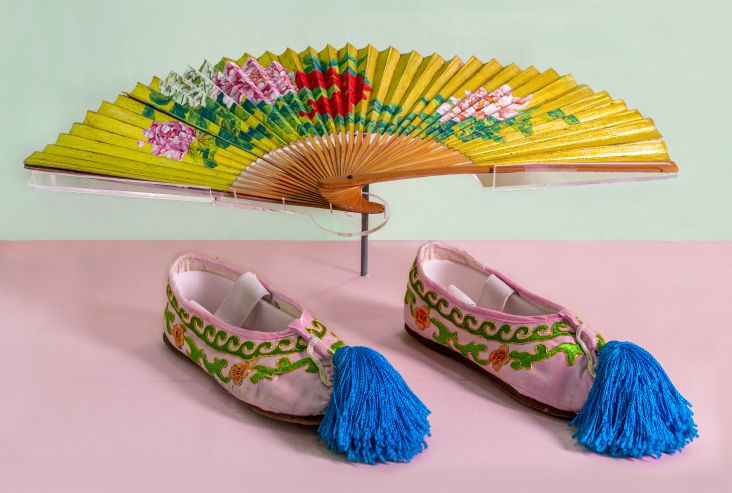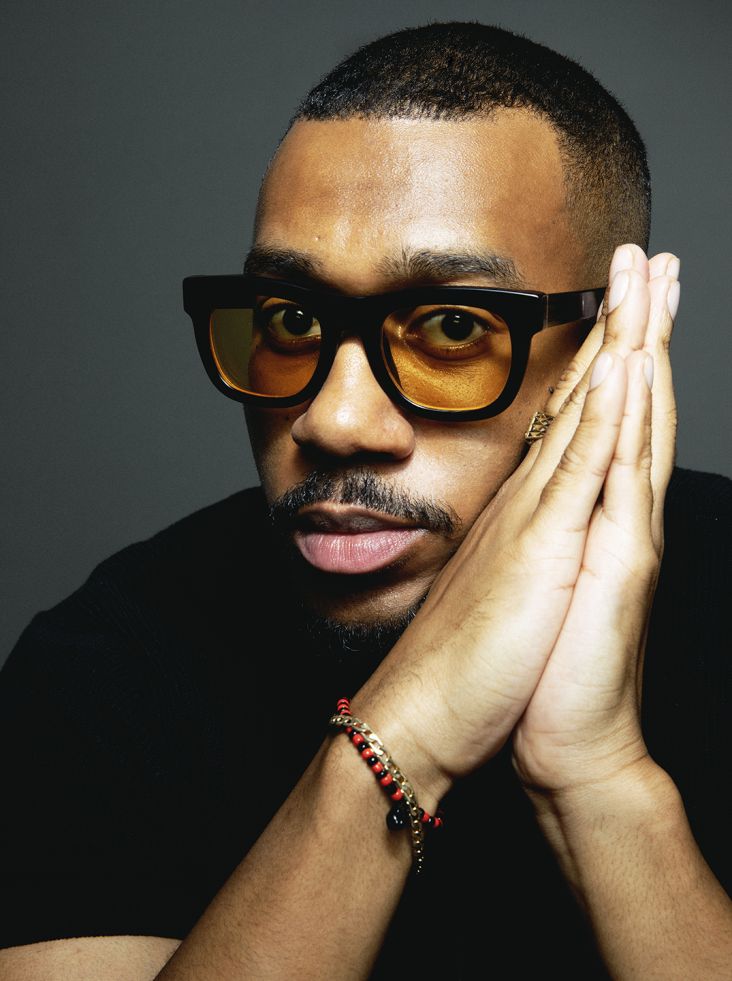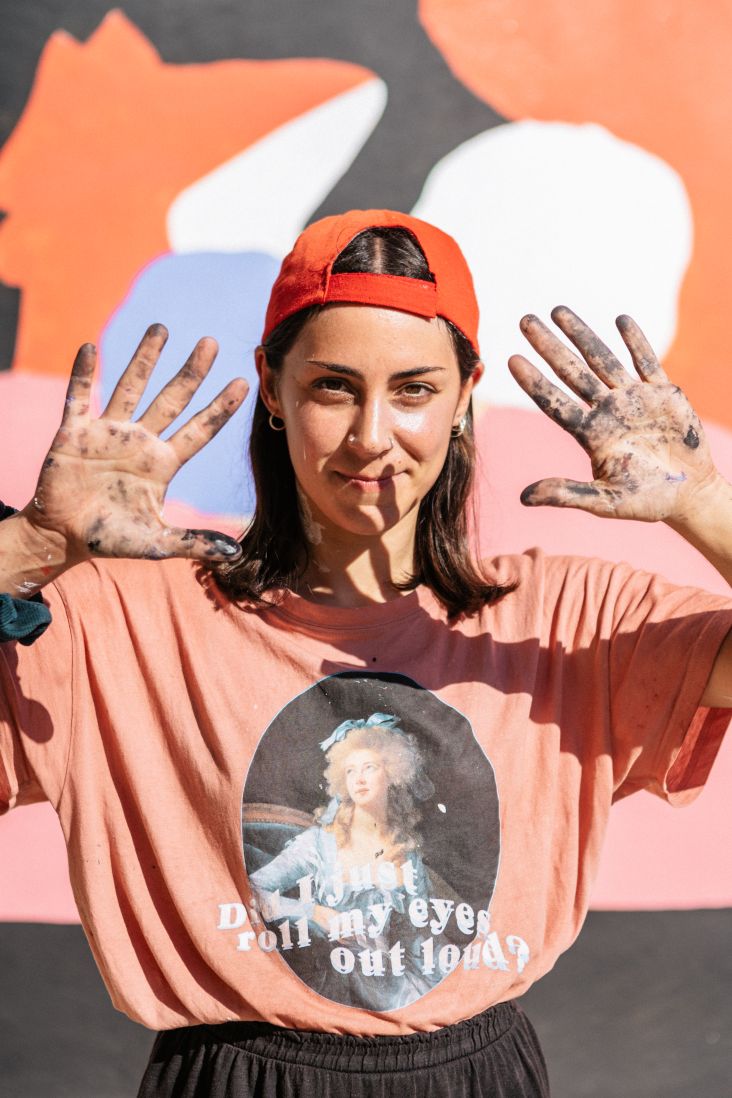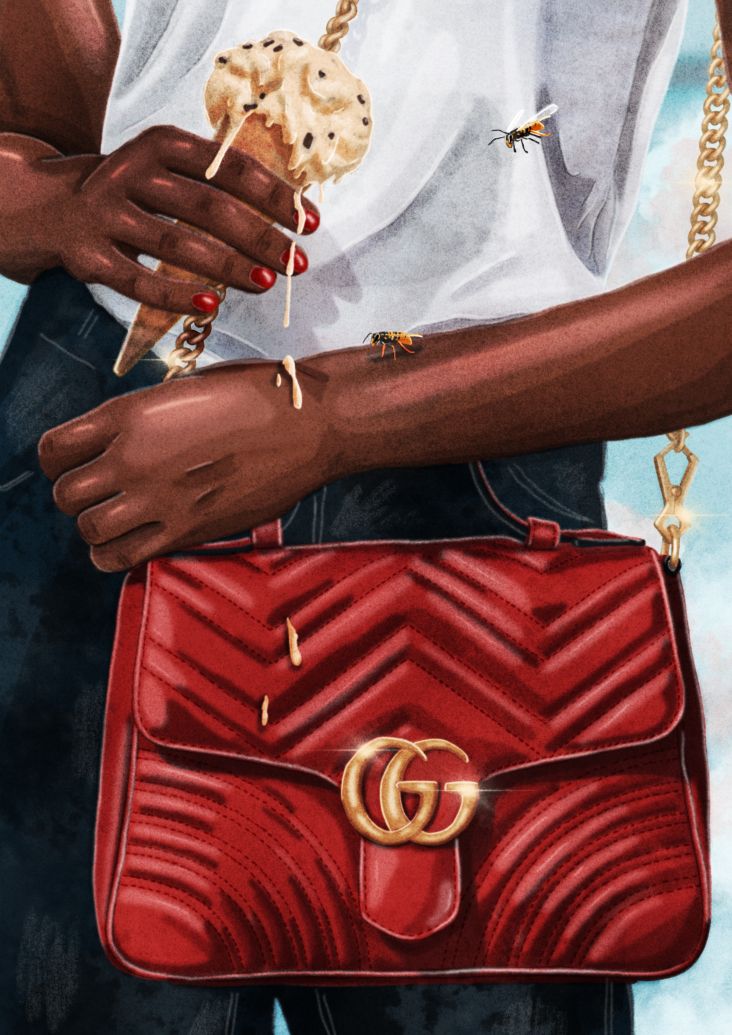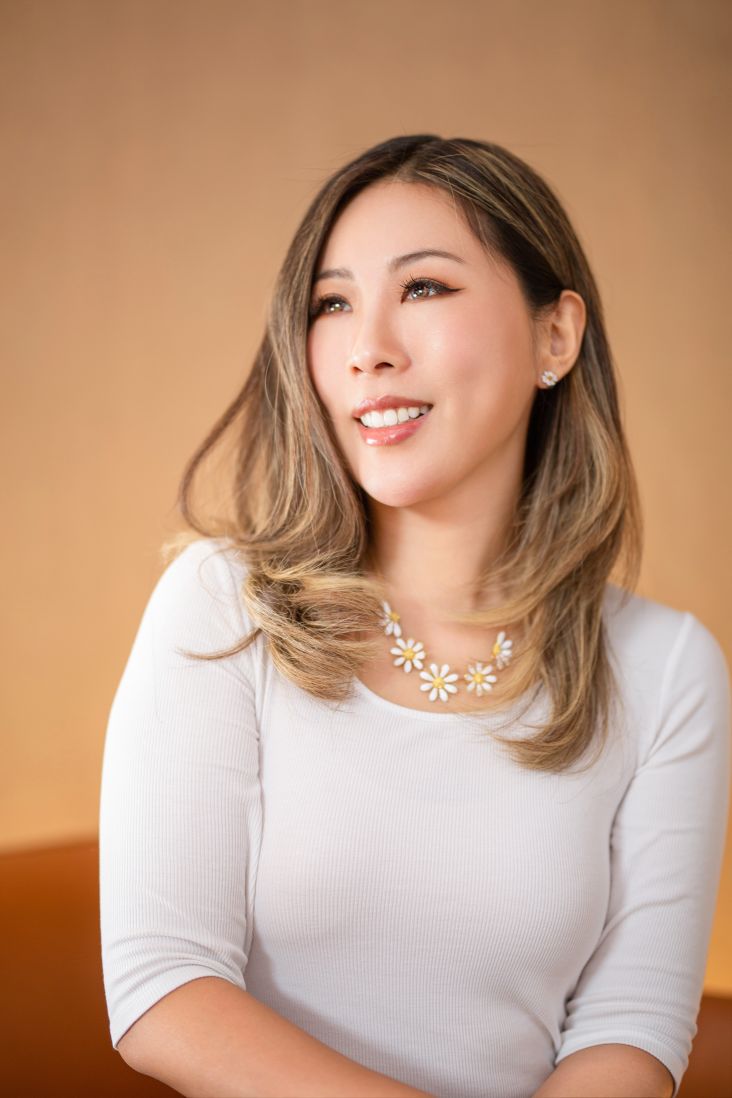Artist Caroline Byrne on finding happiness by turning houseplants into incredible paper sculptures
We chat with installation artist Caroline Byrne about moving disciplines, finding a new path with crafting paper houseplants and being confident in your own creativity.
](https://www.creativeboom.com/upload/articles/a2/a2e7e26b0c2de5b87ce93ecd3be0c40ff157b2bd_1280.jpg)
Caroline Byrne. All photography by Liz Seabrook
Caroline Byrne is a true lockdown success story. Before Covid hit, the Irish creative worked as a set designer with some big names around London, mainly on fashion shoots. But that often involved other people's ideas and visions rather than her own. So on the side, she spent a week each month in her studio to experiment and be creative.
Her dream was to go solo someday and fully explore her creativity. But life and her day job kept getting in the way. When the pandemic hit, though, everything changed. Caroline started experimenting with paper, and she pivoted to creating incredible houseplant sculptures, which she sells via Brazen Botany.
In 2022, Caroline's paper houseplants are in demand worldwide, from America to Australia and throughout Europe. She also does bespoke installations for brands, hotels, and other spaces – bringing her gorgeous works to the wider public. If you're in London, you can see one of her installations at Locke at Broken Wharf.
In her latest project, Caroline partnered with Canon, who provided her with the pro-level A3+ Canon imagePROGRAF PRO-300 printer to help her create a unique art installation, for a special cause.
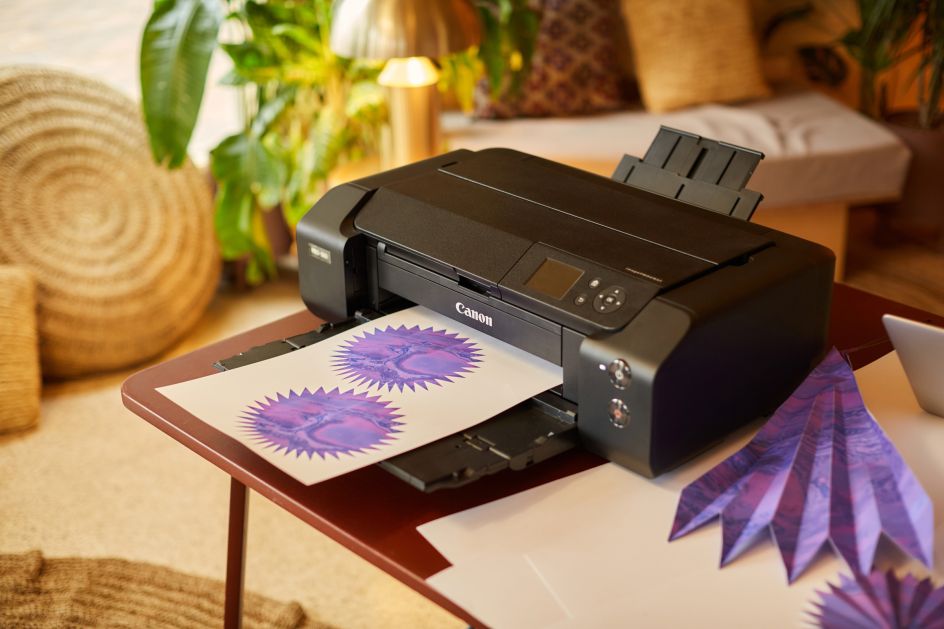
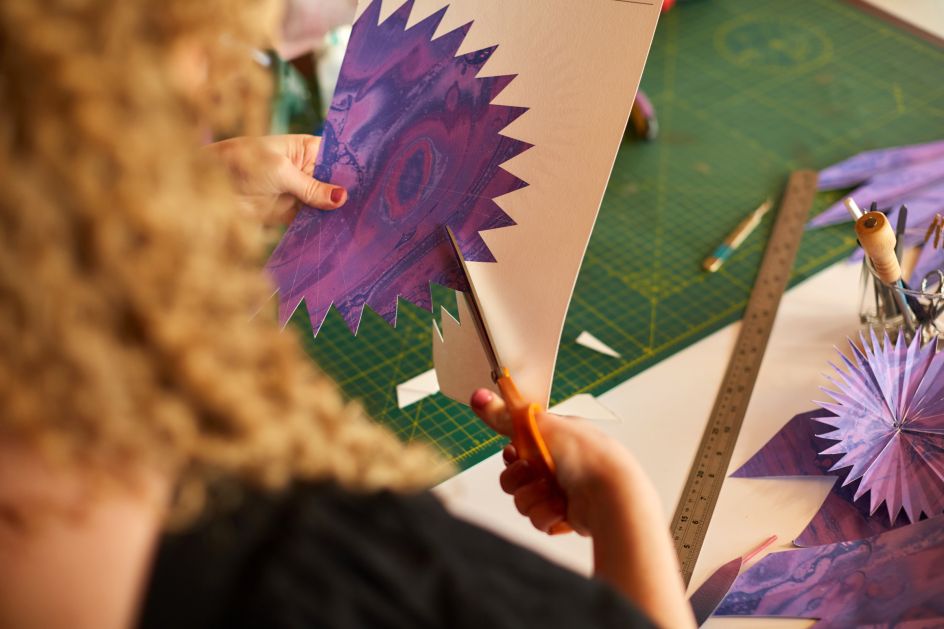
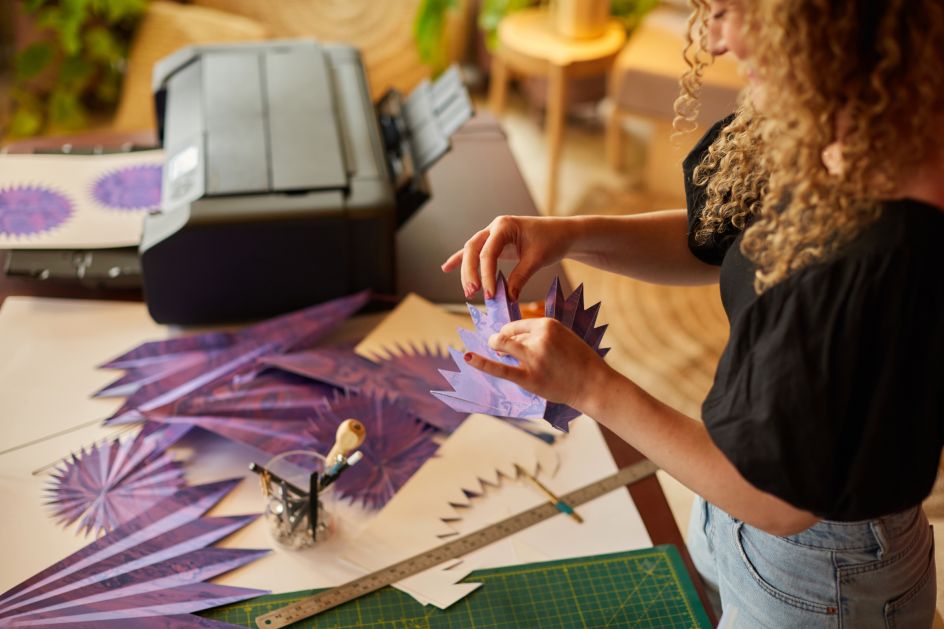
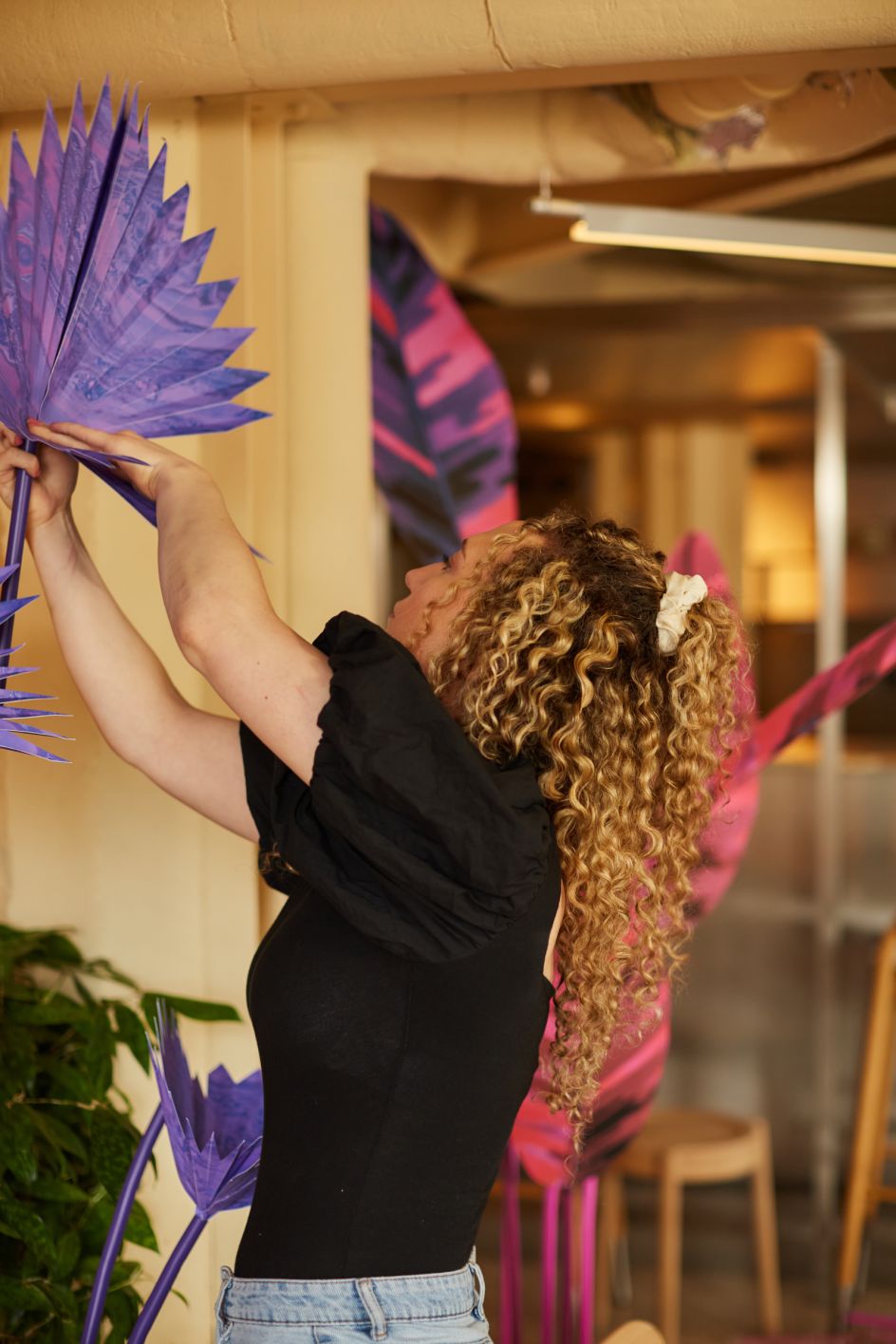
The artist chose Self Space, on Rivington Street in the centre of Shoreditch, east London, which describes itself as the world's first on-demand mental health service in the high street. Throughout this article, we shared some behind-the-scenes images showing her progress on this project, and the final results will be revealed shortly.
We sat with Caroline to learn how she got started, moving from set design to paper houseplants, and how she keeps her creative ideas flowing.
How did you get started in your creative journey?
Growing up, I was always crafty: making things out of anything available. After school, I went to NCAD (National College of Art and Design in Dublin) and studied ceramic design. I learned a lot about processes and techniques there. When my degree was complete, I was ready to move on and explore all sorts of materials and ideas. Ceramics was a good base, as it helped me to think in 3D.
After uni, I moved to London and freelanced as a set designer for seven years, working on many different fashion shoots, runway shows and window displays. It was the perfect stepping stone for me at the time, and I learned so much. The experience of having to make anything and everything, problem-solving on a quick turnaround, being thrown in the deep end and realising you can create what seemed impossible with enough patience, budget and skills on your side.
How did you find it working in the fashion world?
I worked on many fantastic projects for other creatives that I really admired. I got to make giant props and go to amazing locations and stately homes, working for set designers Andy Hillman and Shona Heath. So many people are involved in these high-end fashion shoots: the stylists, the hair, the lighting, the photographers, and the production team. Seeing behind the scenes was amazing.
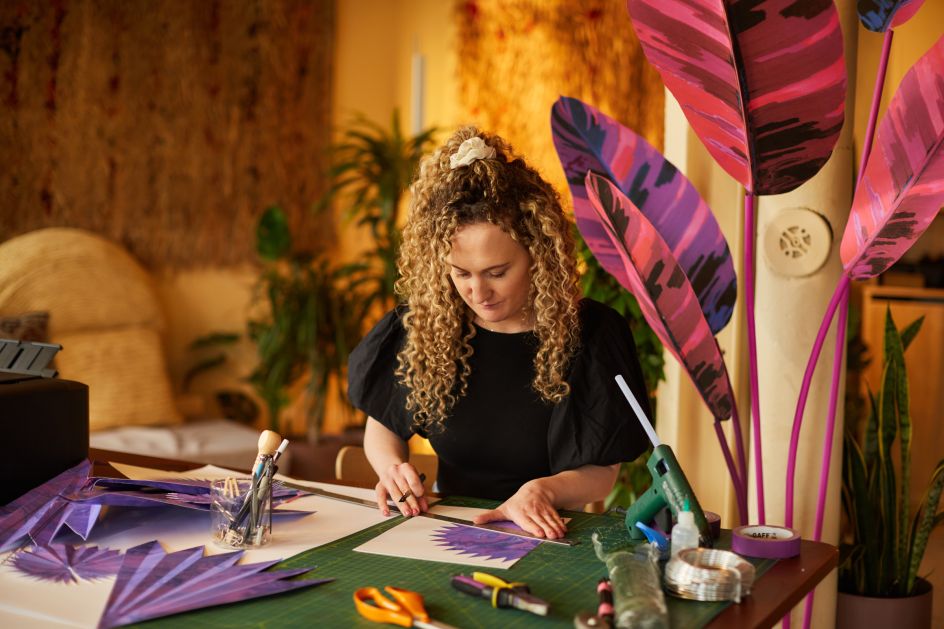
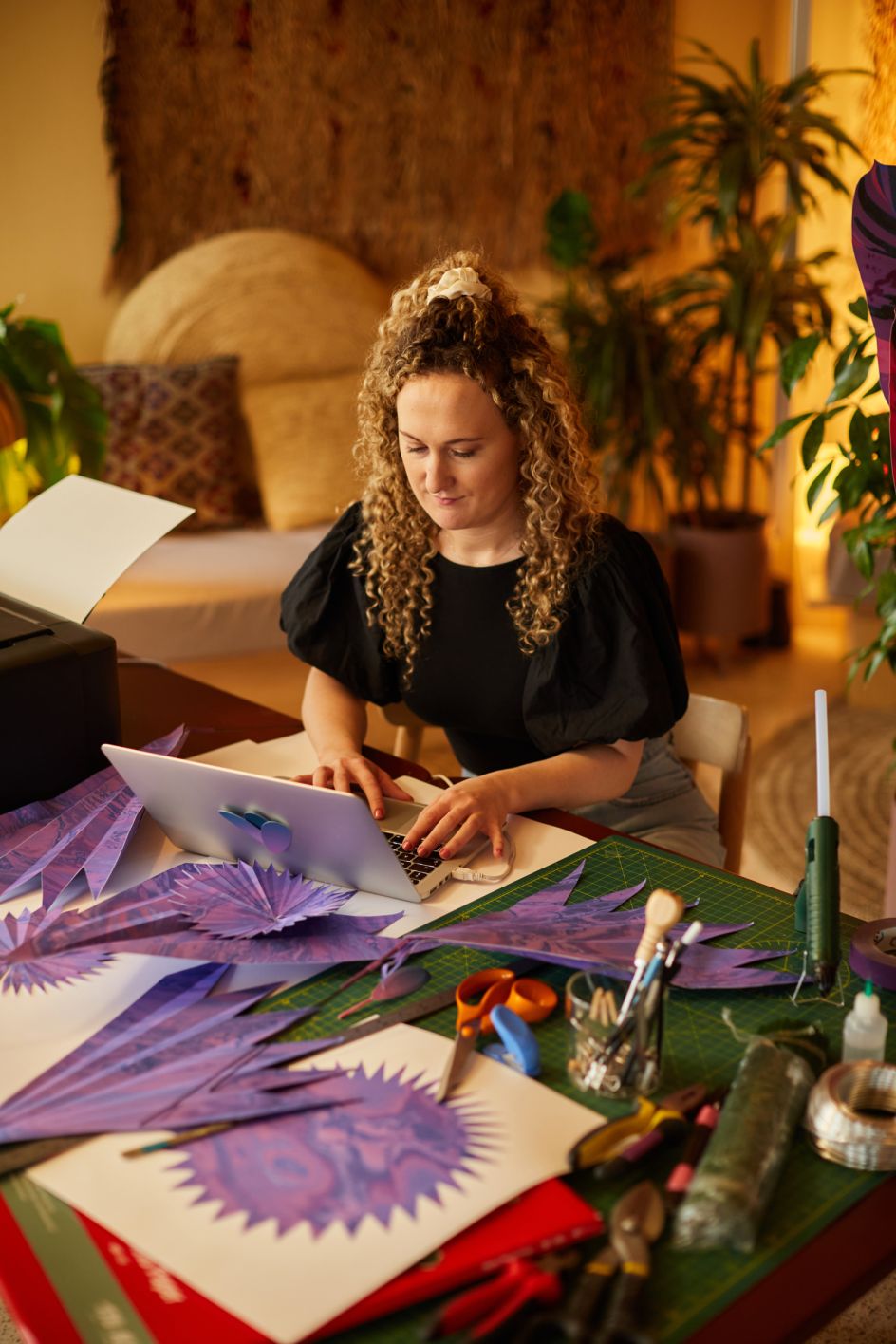
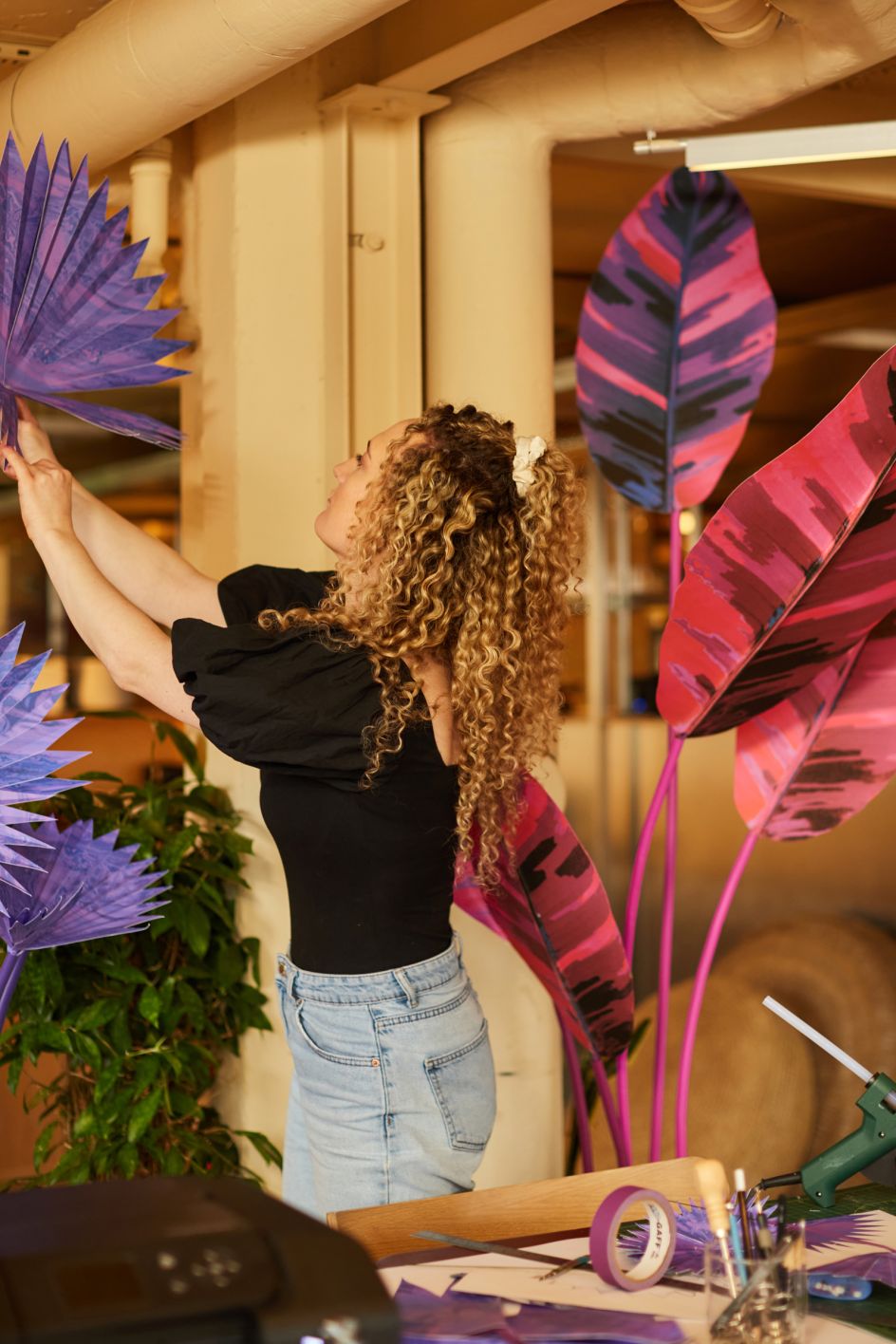
Then you started a side project?
Yeah, every month, I'd try to schedule a week in my own studio to work on a personal project alongside my other set design work. I was always experimenting with something on the side that I'd be excited to get back to.
Then lockdown started, and all my set design work stopped. I was able to fully throw myself into my own projects. I started working on the paper plants and could see they had potential. Lockdown dragged on, and I began thinking about how to push the idea further. I started with branding and packaging, then the online shop, and how to make this a product-based business. I'd never normally have had that much time to see a personal project through, so that was quite amazing. And then everything took off from there. Because of the pandemic, I had endless time to keep tweaking, perfecting and sharing the work.
Some people struggled to be creative during lockdown; why do you think you went the other way?
I suppose there was a sense of 'fight or flight'. I could have done nothing, but I could also see an opportunity in the endless time available. If left to my own devices, I'm always making things. I didn't necessarily know the plants would take off in the way they did, but I was going to occupy my mind somehow. I always needed to be doing something creative and time was on my side for a change.
Two years on, are you still enjoying it?
Yes, it keeps growing, and new opportunities keep popping up that keep things exciting and fresh! My best ideas come when I have time to be playful in the studio, so I try to allow time for this in and around bigger commissions. I have some brilliant assistants I work with when things get particularly busy. Having a team to bounce off and share the workload is always nice.
How would you describe the plants you create?
They're botanical sculptures or statement art houseplants. They're made from layers of cut paper. They look like real plants, but you can't kill them! They're graphic and feature bold colour combinations. So it's a marriage of the graphic and the organic.
The name 'Brazen Botany' comes from the idea that if you spend enough time making something, it takes on a personality of its own. I feel like these plants have such a personality. They're loud, proud, and outspoken.
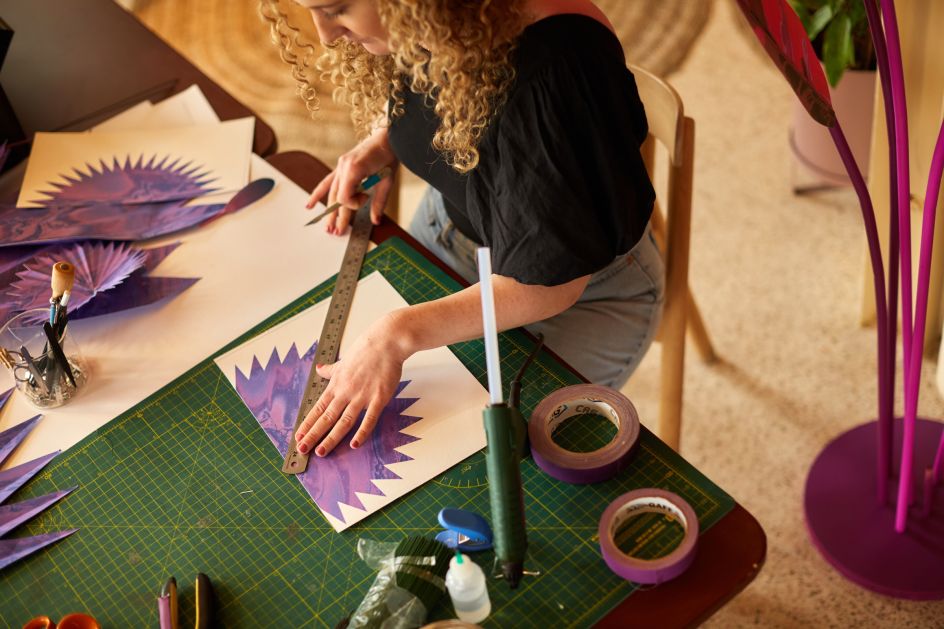
Your combinations are brilliant and unexpected. There'll be a beautiful, rich purple with violet or a beautiful, muted pink with a very stark red. How on earth do you choose the colours?
That's the really fun bit: I love having time to explore and play around with this. One colour might not say much, but then you put it next to another, and it buzzes. Sometimes it just takes tweaking one colour to bring the whole piece to life. It's a real boost for your dopamine levels.
I'm definitely inspired by nature. My camera roll is full of close-up photos of details I notice when I'm out and about, how the stem joins the leaf or the detail of how something curls. I tend to play around with merging different ideas until I see something new and exciting forming.
Seeing photos of my plants in other people's homes is my favourite thing. I love how, once I've made them, they take on a whole other life in people's homes. Sometimes I'm tagged in customers' photos, and they've styled and displayed the plants in ways I would never think of. I love seeing how they pair the plants with their own colour schemes and objects.
When you first started creating them, was there a lot of trial and error?
Yeah, there was lots of tweaking. The initial prototype changes many times before you get to the final product. But again, that goes back to lockdown. I just had endless time to perfect them. I'd think it was finished, work on another part of the business for a day, come back, and think: 'Oh, that could be better'. So there were lots of different stages to the prototypes.
Do you have ideas about where you might go next?
I feel like I have endless ideas. So for the moment, there's enough momentum to propel things forward. I'd love to broaden the product range and do more large-scale commissions. I'm currently working on creating lots of giant colourful paper Christmas trees for a client. They were very fun to prototype. It's a big job, so luckily, I have a team of assistants helping me with the production line.
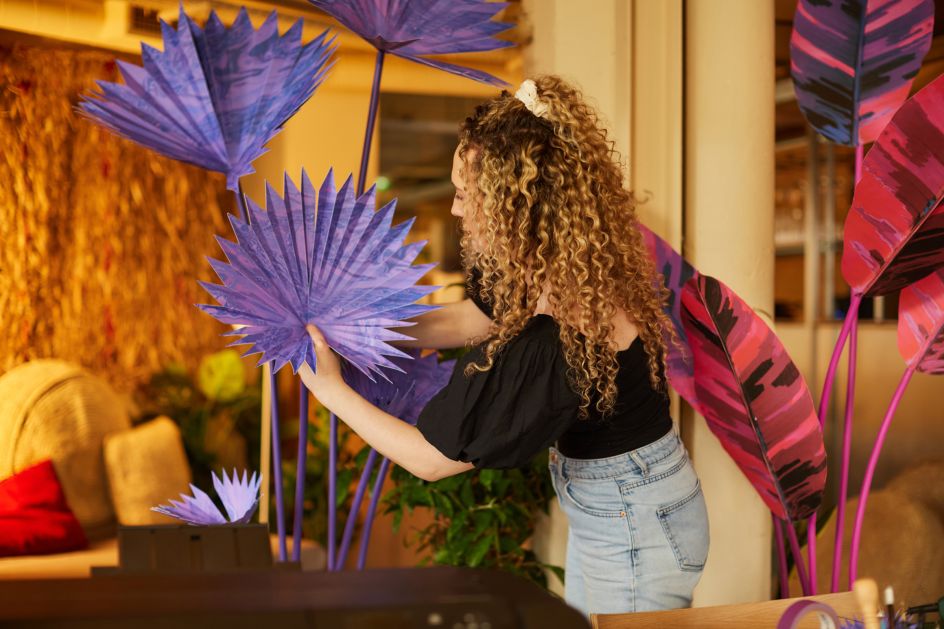
And you're getting orders from around the world.
I feel so lucky that social media exists because it gives me such good reach. Most of my customers are UK-based, but not far behind are America, Germany, and other European countries. If I wasn't doing this at this time in history, I certainly wouldn't be able to get that kind of reach as easily, with people sharing my work online.
What are the biggest lessons you've learned from taking the leap into launching your own creative business?
Trust your gut and see your ideas through. With enough perseverance and learning not to be swayed by initial roadblocks, most problems can be solved.
That creating and critiquing are different processes. It's easy to be hyper-critical of work when you're in the throws of creating something. So trying to stay in the moment and create and then make judgements at a later stage. I find this is the best way to actually see progress in my work. Sometimes it's helpful to get the bad ideas out of your system so you can move on to the good ones!


















